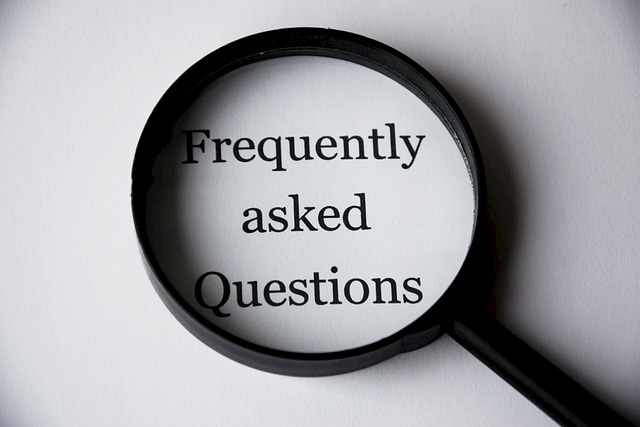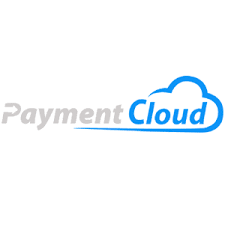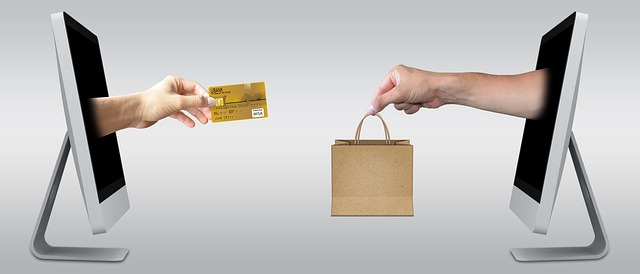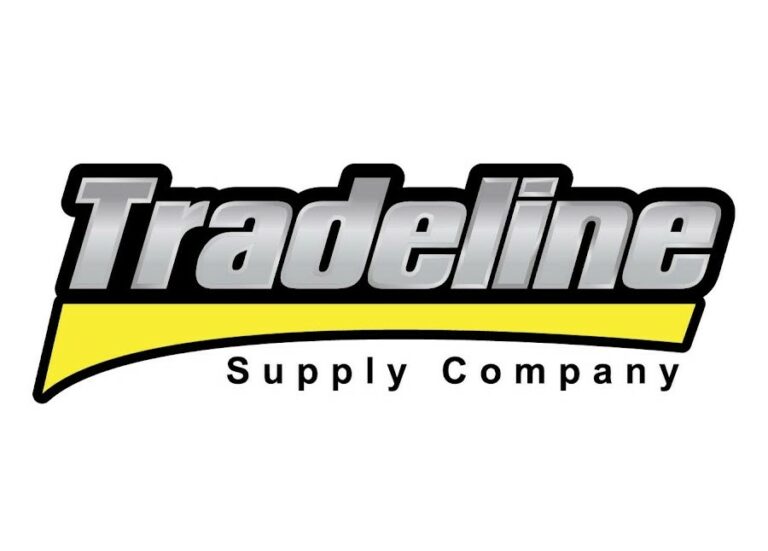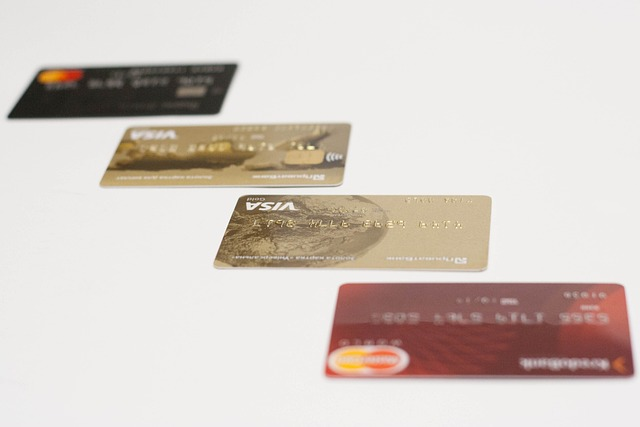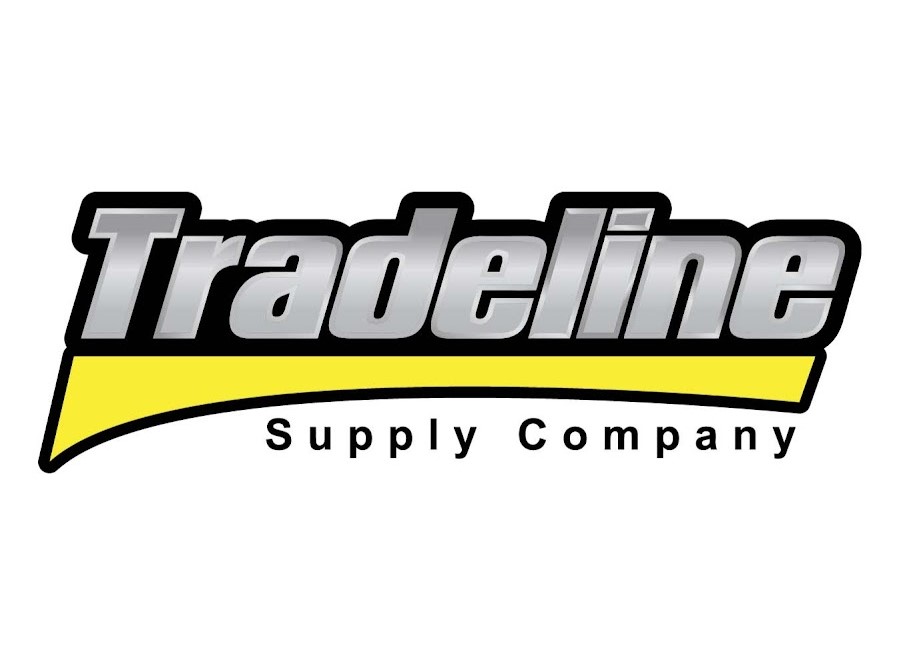What is a High-Risk Merchant Account?
A high-risk merchant refers to a business that banks or credit card processors have deemed risky due to various factors. Businesses with this designation won’t get approved for a traditional merchant account.
Instead, they typically must pursue a high-risk merchant account, which only certain companies offer. A high-risk merchant account usually has a longer underwriting process and approval time, increased fees, and extra security measures.
Payment processors are financial institutions often backed by banks that provide merchant accounts to allow businesses to accept credit card payments or other non-cash payments. The increased sales opportunities often justify the costs of the payment processing service.
What makes a Merchant Account High-Risk?
Payment processors and the banks that sponsor them make the designation of a business being a low- or high-risk merchant. Each bank sets the rules and regulations for payment processors. The factors that determine a high-risk merchant or transactions are usually defined in the terms and conditions of the merchant agreement.
Here are the factors that could put a business in the high-risk category.
High Chargeback Rates & Fraud
A high chargeback rate, typically over 1%, is the most common factor for a high-risk account. Since chargeback rates are the largest concern for banks, businesses that experience unauthorized charges, whether from fraud, identity theft, or other reasons, will receive a high-risk designation.
The MATCH List
The Member Alert to Control High-Risk Merchants (MATCH) list is a database of blacklisted businesses that a bank or payment processor has terminated due to a high volume of chargebacks. Even high-risk merchant account providers might deny a business on the MATCH list.
eCommerce & Other Card-Not-Present Transactions
A card-not-present transaction means the card information is keyed in instead of running the physical card through a processor. Card-not-present transactions require a virtual gateway, which can be more prone to fraud or chargebacks. All online transactions are card-not-present transactions, so eCommerce businesses are sometimes automatically listed as high-risk. In those cases, you might need a high-risk payment gateway.
High-Risk Industries
Operating in certain industries may also contribute to a high-risk merchant status. Examples include:
- CBD and legal cannabis companies.
- Tobacco & vape businesses.
- Adult entertainment.
- Firearms.
- Bail bonds.
- Insurance.
- Subscription-based businesses.
- Gambling.
- Tech support.
Subscriptions & Recurring Billing Payments
Businesses that use a subscription model may be deemed high-risk. The reason is that some customers sign up for a free trial and then forget to cancel until after a few payments. Some will go to their bank to dispute the transaction instead of canceling, resulting in a chargeback.
High Transaction Volume
Businesses that process a lot of transactions or transactions for high dollar amounts might also get labeled high-risk. The more transactions a business does, the higher the chances of chargebacks.
New Merchant Accounts
New businesses often don’t have a transaction history or a proven business model. Without data to go on, payment processors may deem these businesses high-risk. A new business may have to rely on high-risk merchant account services until it has enough history to qualify for a traditional low-risk merchant account.
Bad Credit
Payment processors and the financial institutions that back them typically check the business owner’s credit when reviewing a merchant account application. Your credit score is only one of the factors that influence decisions, but a bad credit score could trigger a high-risk status.
Each company sets its own standards for a good or bad credit score. But generally speaking, any score below 600 is considered poor credit.
A merchant account provider will also typically look at your business credit history. That review could include your business’s payment history, financial statements, business licenses, or other important information.
How do High-Risk Merchant Accounts work?
High-risk merchant accounts work like traditional merchant accounts but with extra security and fees. Each payment processor has a credit policy that defines what types of businesses it can service and those their sponsoring bank will service.
Payment processors with increased underwriting abilities are typically able to approve high-risk accounts. Users can link high-risk merchant accounts to payment gateways, virtual terminals, or other payment technology platforms.
Like a standard merchant account, the transaction funds are sent to the business checking account in 24-48 hours. A payment processor might adjust your risk level based on ongoing activity, which could affect your fees.
High-Risk Merchant Account Fees
As mentioned, high-risk merchant accounts are much more likely to have increased fees. Here are the types of fees you can expect.
Fixed Fees
The following fees won’t fluctuate with your risk level.
Refund Fee: The costs associated with processing a refund on a customer return, which is different than a chargeback.
Security Fees: Keeping your account and information secure is essential regardless of risk level. As such, security fees remain constant.
Termination Fees: Most payment processors require a contract and include an early termination fee. While this is true regardless of risk level, high-risk accounts might have a longer contract or higher termination fee. However, that fee is defined in the agreement and doesn’t change.
PCI Compliance Fees: Some payment processors make merchants pay for all or part of the costs associated with maintaining PCI compliance. All merchants must maintain PCI compliance, so processors typically keep these fees consistent for all risk levels.
Fluctuating Fees
The following fees may increase or decrease with your credit risk level.
Chargeback Fees: Chargebacks are the primary concern for financial institutions. A chargeback impacts their payment processing ability. Companies usually increase chargeback fees as chargeback volume increases.
Transaction Rates: Payment processors charge a fee for each transaction. They usually charge higher rates for the higher risk level.
Monthly Fees: Some processors charge a monthly fee to maintain high-risk merchant accounts. The cost is usually to offset some of the risk involved.
Rolling Reserve Amounts: Many companies require high-risk merchants to pay into a reserve account. Some charge a flat amount, while others charge a percentage of your sales. The higher the risk level, the higher the rolling reserve percentage.
Are there advantages to High-Risk Merchant Accounts?
The primary benefit of a high-risk account is that it allows businesses to gain access to payment processors that accept credit card and debit card payments. That prevents a company from being a cash-only operation, significantly increasing its ability to bring in new customers and process a high sales volume.
Since the payment processors understand the inherent risk, they often offer advanced security measures that help prevent fraud and chargebacks. Businesses are also allowed a higher chargeback rate, as payment processors understand this is part of the risk.
Allowing a higher chargeback rate and being lenient on increased risks means there’s a lower chance of your account being terminated. With a traditional merchant account, the payment processor will terminate the account if chargeback ratios exceed the defined amount.
A high-risk account also allows businesses to process riskier transactions. Examples include increased support for selling high-risk products or processing international payments.
High-risk merchant account payment processors also often provide enhanced or tailor-made support solutions. The increased support makes it easier to customize your payment operations, such as enhanced features for recurring billing.
What are the disadvantages of a High-Risk Merchant Account?
One of the most significant drawbacks to a high-risk merchant account is the increased costs. Payment processors charge higher processing fees for credit and debit card transactions.
In addition to the higher fees, most processors also require a reserve account. The process involves setting funds aside that essentially act like collateral to offset the processor’s increased risk. Providing the money for a reserve account could be a challenge for businesses with revenue concerns.
While high-risk merchant account payment processors are more willing to work with riskier businesses, they still need to complete their due diligence and mitigate risks where possible. This often means a much longer and more in-depth underwriting process. The extra time for the underwriting process means it takes longer to get approved and set up.
High-Risk Merchant Account Pros and Cons
Here’s a quick summary of the benefits and drawbacks of a high-risk merchant account.
Pros:
- Provides access to processing card payments.
- Allows for higher sales volume.
- Advanced security features & support.
- Higher chargeback rates allowed.
- Decreased risk of account termination.
- More freedom to sell high-risk products.
- Enhanced support for international payments.
Cons:
- Increased payment processing fees.
- Usually requires a reserve account.
- Longer underwriting and approval times.
- Fewer options for payment processing companies.
Frequently Asked Questions
Here are the most common questions about high-risk merchant accounts.
How do I compare High-Risk Merchant Accounts?
The following strategies can help you find and compare high-risk processors for your business needs.
Check Accepted Business Types
The first thing to do is check to see if the processor works with your industry and type of business. High-risk payment processors accept far more business types than traditional processors, but very few, if any, accept all businesses. Some might specialize in a particular sector or industry. Check the processor’s website or call the sales team to see if it takes your business.
Online Reputation
It would be best if you also looked to see what your fellow small business owners say about the provider. Look for reviews or complaints on watchdog sites like the Better Business Bureau (BBB) or Consumer Affairs.
Compare Price Quotes
Most payment processors offer a price quote. Getting multiple offers and seeing how the costs stack up would be best.
Look for Load Balancing
Some payment processors offer load balancing, which allows you to spread transactions across multiple merchant accounts. That way, you have other accounts to rely on if a provider terminates one of your accounts. It also allows businesses to process a higher volume of sales.
Thoroughly Review Contract Terms & Conditions
While the price quote provides a basic understanding of the costs, your contract’s terms and conditions section spells out the exact fees to expect. It also includes information on transaction limits (if any), chargeback rate limits, and more. You want to ensure you fully understand your responsibilities and potential costs so you can manage your account accordingly.
Who are the Best High-Risk Merchant Account providers?
Several payment processors offer high-risk merchant accounts. Here are our top 3 high-risk merchant service providers.
Payment Cloud
Pricing:
- Monthly fee: $10-$45.
- Payment gateway fee: Average of $15/month.
- Virtual terminal: $15-$45/month.
- Chargeback fee: $25.
- Early termination fee: Waived
Transaction fees:
- Low-risk accounts: 2%-3.1%.
- Medium-risk accounts: 2.3%-3.4%.
- High-risk accounts: 2.7%-4.3%
Payment Cloud offers merchant accounts for all risk levels but specializes in high-risk accounts. Its hands-on approach helps place high-risk businesses with its network of third-party processors and acquiring banks.
Small business owners can apply for a price quote to see available options. Accounts include a free virtual terminal. The company also offers an EMV-compliant credit card terminal, which is free if you return the equipment when you close your account or switch providers. eCommerce merchants can access a third-party payment gateway, such as Authorize.net.
The system accepts all major credit cards, debit cards, and ACH payment types. It integrates with all payment gateway platforms. While it lacks some more robust features, Payment Cloud meets most small business needs.
Durango Merchant Services
Pricing:
- Monthly fee: $30 (includes payment gateway).
- Authorization fees: 15-25 cents.
- Rolling reserve: 0%-10%.
- Chargeback fee: $25
- Early termination fee: $0.
Transaction fees:
- eCommerce/MOTO: Interchange + 25 cents.
- Payment gateway: 10 cents per transaction.
Durango Merchant Services is among the oldest and best-rated high-risk merchant account providers. The company works with domestic banks and processors but can also provide an offshore merchant account.
It also offers a proprietary payment gateway called Durango Pay. Merchants get a dedicated merchant account manager to handle customer service issues. While that provides greater support, addressing issues outside of normal business hours can be difficult.
Like most payment processors, you’ll need to apply and receive a price quote to see what’s available. The above pricing information acts as a starting guide.
Soar Payments
Pricing:
- Monthly fee: $19-$45 (average).
- Chargeback fee: $25-$30.
- Rolling reserve: 5%-10%.
- Early termination fee: $0 for some merchants; otherwise, $200-$395.
Transaction fees:
- Mid-risk merchants: Starting at 2.49%.
- Tiered and interchange-plus pricing.
Soar Payments specializes in high-risk accounts with competitive rates that are also attractive to low-risk businesses. The company works with various banks to place high-risk clients.
The payment processing company offers many services for eCommerce merchants but also provides countertop terminals and mobile card readers for brick-and-mortar retailers. Its contract lengths are typically 2-3 years, and you can expect an early termination fee in most cases.
The processor accepts all major credit cards, ACH payments, and e-Checks. It uses Auhtorize.net, NMI gateway, and USAePay for online payments.
What are the differences between High-Risk and Low-Risk Merchant Accounts?
Merchant accounts of all risk levels provide the same essential services. The primary purpose of merchant accounts is to facilitate payment processing for your business.
However, there are some key differences in managing high-risk merchant accounts compared to low-risk accounts.
Higher Fees
The most significant difference is that you can expect higher fees. Transaction processing fees are usually higher, and you might have additional maintenance fees.
Reserve Accounts
High-risk merchants typically have to pay into a reserve account, while low-risk merchants do not. The reserve account could be a fixed amount or a revolving percentage of your sales.
Longer Approval Times
Low-risk merchants can often get quick approval with minimal underwriting requirements. Getting approved for a high-risk account takes longer because the payment processor needs extra time to review credentials and take steps to minimize risk.
Transaction Limits
Some payment processors place transaction limits on high-risk merchant accounts. Ensure you carefully read the terms and conditions to understand what limits it imposes.
Longer Contracts
Most payment processors require a more extended contract, usually 2+ years. Most come with an early termination fee, but some make exceptions for certain businesses or industries.
How do companies like PayPal or Stripe handle High-Risk Accounts?
Some high-risk merchants like payment service providers like PayPal, Stripe, and Square because of the simple sign-up process. While you can open an account with one of these companies, there are some reasons you may want to reconsider.
Most of these companies charge a flat rate that can be easier to calculate, but it’s often higher than the fees merchant account providers charge. Secondly, the “big 3” are notorious for closing accounts and providing limited support.
Some high-risk industries, like adult entertainment, might be banned or have difficulty getting an account with a payment service provider. Those companies would likely have more success with payment processors that service high-risk accounts.
Can High-Risk Merchants get a Merchant Cash Advance?
Merchants deemed high-risk typically can’t qualify for traditional bank loans, but getting a merchant cash advance may be possible. However, it depends on the merchant cash advance provider the reasons why your business is considered high-risk.
For example, merchant cash advances are typically an alternative business funding solution for business owners with bad credit. If your business is high-risk due to a low credit score, it won’t disqualify you from getting an MCA.
However, being high-risk due to a history of chargebacks could be an issue. Businesses repay merchant cash advances with a percentage of their daily credit card sales. Most often, the payment comes directly from the card processor. Increased risk of chargebacks means potential issues with the primary source of repayment.
Even so, it still might be possible to get approval. MCA funders are typically more willing to work around challenges to get your business the money it needs.
Merchant Cash Advance Explained
Merchant cash advances through our funding network have the following features:
- Funding amount: $5k – $1 million.
- Factor rates: 1%-6% p/mo.
- Term: 3-24 months.
- Funding speed: 1 – 2 business days.
A merchant cash advance (MCA) is an alternative business funding solution. Your business receives a large lump sum of cash, usually based on previous sales history.
You’ll then repay the advance with a percentage of your daily sales. A traditional merchant cash advance only takes a percentage of credit card sales directly from your card reader, but more modern merchant cash advances take repayment from all revenue via ACH transfer from your business bank account (sometimes called a business cash advance).
Instead of a standard interest rate, merchant cash advances charge a factor rate expressed as a decimal. Factor rates range from 1.05-1.90. It’s easy to calculate, but there’s no way to save money by paying it off early.
For example, suppose you received an MCA for $50,000 at a factor rate of 1.2. You’d multiply the advance amount by the factor rate to get your repayment total:
$50,000 x 1.2 = $60,000. You’ll pay $10k for the $50k advance. It’s all applied at the beginning of the deal, so you can’t save interest like you could with an amortizing loan.
While you can think of the $10k as “interest,” it’s technically a B2B transaction where the MCA funder purchases $60k in future receivables with a $50k cash advance.
MCAs rarely require a personal guarantee since it’s not a loan, and repayment comes directly from sales revenue.
How can I get a Merchant Cash Advance?
Approved businesses we work with typically meet the following minimums:
- Credit score: 550+.
- Time business: 4+ months.
- Annual revenue: $120k+.
Here’s how to apply:
Step 1: Consider Your Needs
Take time to ensure this is the right product for your needs and circumstances. Will you be able to use the capital for your goals? Will the repayment structure do more good than harm to your operating capital? Do you know exactly how much funding to request? Answering these questions ahead of time will make the rest of this process much easier.
Step 2: Gather Your Documents
The application requires the following documents and information:
- Driver’s license
- Voided business check from your business checking account.
- Business bank statements from the past three months
- Credit card processing statements from the past three months
Step 3: Complete the Application
You can begin the application process by calling us or filling out our one-page online application. Enter the information from the previous section along with your desired funding amount.
Step 4: Speak to a Representative
After applying, a representative will contact you to explain the repayment structure, rates, and terms of your available options. This will ensure that there are no surprises or hidden fees during repayment.
Step 5: Receive Approval
The process generally takes a few business days. The cash should appear in your checking account in 1-2 business days after approval.
Getting a High-Risk Merchant Account – Final Thoughts
As a small business owner, receiving a “high-risk” merchant designation can be frustrating. It often means fewer payment processor options and increased costs.
Fortunately, there are a variety of high-risk merchant accounts available, each with different benefits and drawbacks. Sometimes, you must use a high-risk merchant account while building your business and lowering your risk level until you can get a medium- or low-risk status.
Contact us if you have more questions about high-risk merchant accounts or to apply for a small business loan. Our business funding experts can help you find the best financing options for your goals.







